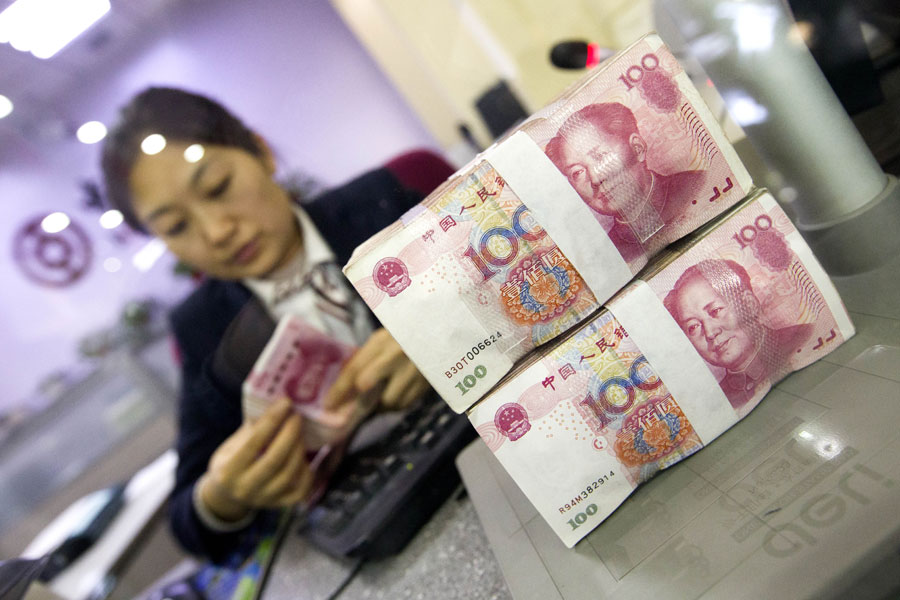LPR switch set to be completed soon, says PBOC


Market-oriented mechanism to improve efficiency of country's monetary policy
A majority of the banks in China have started using the Loan Prime Rate as the benchmark for new lending, marking a milestone in the country's interest rate reform, according to the People's Bank of China, the central bank.
The LPR transformation, achieved over a one-year period, led to over 92 percent of the outstanding floating interest rate loans of banks, amounting to 67.4 trillion yuan ($9.98 trillion), shifting to the new benchmark by the end of August, the PBOC said in a report released on Sept 15.
With interest rates still in a downward cycle, it is an opportune time to promote the benchmark transition, the central bank said.
"When the financing costs of companies start decreasing, the LPR will start dropping continuously for a certain period. As a result interest repayment costs will also decline for companies."
With most of the banks having shifted to the LPR, the former benchmark lending rate, which is at 4.75 percent now, is likely to be abandoned, said experts.
"The PBOC said that the LPR reform has helped with the liberalization of deposit rates, as banks adjusted deposits and the rates of the negotiable certificate of deposits downward to match the falling lending rates. This has further lowered the likelihood of benchmark deposit rate cuts," said Maggie Wei, an analysts with Goldman Sachs (Asia).
China's interest rate reform, which started in the 1990s, seeks to build an interest rate regime determined by the market, to replace the existing system in which the central bank can set the interest rates via administrative orders.
Monetary authorities plan to create a market-oriented interest rate system, the core of the nation's reform in the financial sector, to improve the efficiency of the monetary policy transmission mechanism and further reduce the lending rates. In a market-oriented interest rate system the monetary authorities can adjust the short-term policy rates and inject liquidity by purchasing financial instruments, mainly through the seven-day reverse repos in the open market, said the central bank.
The PBOC switched to the one-year LPR as the benchmark lending rate on Aug 17, 2019. It is formed based on 18 qualified commercial banks' lending rates for their best clients and equals the medium-term lending facility rate, or the MLF, plus a risk premium. The one-year and five-year LPR are updated on the 20th of every month.
The central bank report also said that the treasury yields-the risk free rates, are not suitable to be the benchmark lending rates as the situation in China is not similar to that in the United States. Instead, the treasury yields could be a benchmark for pricing in the bond market, it said.
Influenced by the two targeted cuts of reserve requirement ratio for small and medium-sized banks, the financing costs of banks have been reduced and the 18 lenders have reduced the risk premium to be added on to the MLF rate. In September, the one-year MLF rate was at 2.95 percent, and the one-year LPR was reported at 3.85 percent, unchanged for five consecutive months, according to the PBOC.
The PBOC has moderated the pace of liquidity injection since the third quarter, as the economic recovery showed strong momentum. It has lowered the interest rate on one-year MLFs by 30 basis points between February and April. It has also lengthened the tenor to one year on MLF for regular loans and effectively three years on MLFs for banks' on-lending to small and micro enterprises, according to a research note from Moody's Investors Service.
Nicholas Zhu, a senior analyst with Moody's, expects lending rates to decline for the rest of the year as a result of the PBOC's guidance to reduce funding costs for corporate borrowers. However, the decline in LPR since August 2019 will be credit negative to banks as it will lower their average loan yields, he said.




































